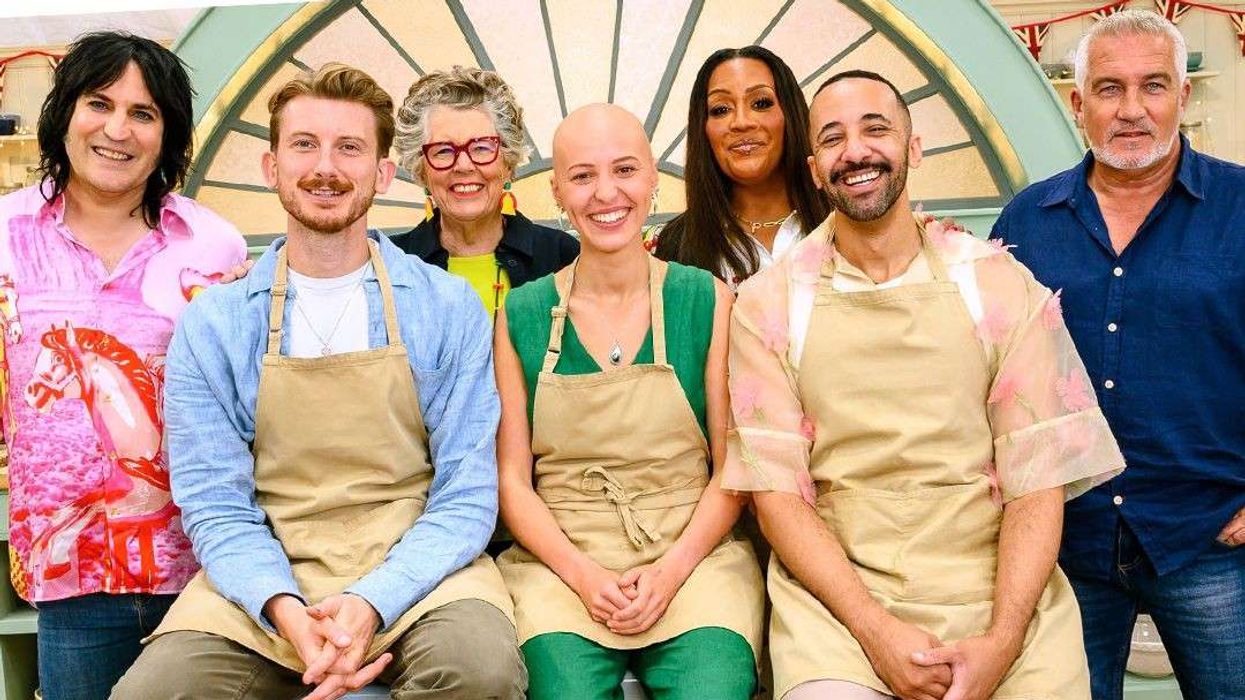By Nadeem Badshah
A RECORD number of middle-aged people are “overqualified” for their jobs in Britain – because they are starting at the bottom of the ladder in a new profession.
Figures earlier this year from the Office for National Statistics showed almost one in five 35-to-49-year-olds fit that bill due to taking the plunge into new industries.
Three British Asians tell their story of how they made the jump into a new career. Sindhu Vee swapped corporate banking to become a stand-up comedian and has seen her stock rise.
And audiences can bank on the former bonds trader having plenty of stories to tell on stage having grown up in the Philippines, Lucknow and Delhi. She studied for a degree and a PhD in Delhi, Oxford, Montreal and Chicago and has modelled for Yves Saint Laurent.
Sindhu Vee
Sindhu, who lives in north London, said she made the switch to comedy after being a full-time mother
She told Eastern Eye: “People are always surprised that I used to be a banker, but now am a stand-up comedian.
“They are less surprised when I tell them I left banking, spent a decade at home being a full-time mother, then at some point needed space from the school run and agonising about whether Pom Bears are an okay school snack when other kids are bringing organic bananas, or worse, cucumbers with hummus or trying to evade being on the school-fair cleanup rota and then (dived) headlong into stand-up.
“Most people understand my impulse more when they hear the whole story. I’m lucky stand-up found me because, frankly, I would have tried anything at that point and there are far more risky, scary, dangerous things out there.
“I’m also lucky that, though I never knew it be forehand, comedy is my calling. When I dived in, I realised I could swim. And I’ve stayed afloat since.”
Comedians often have horror stories about their first-ever gig on stage. Sindhu’s first performance was at a bar in London – and at that time she had never seen stand-up live.
“My first gig was for the Funny Women Awards after they cajoled me for a month by email and voicemail. I had never seen live stand-up at that point so had no idea what exactly to do.
“I just watched the other contestants thank God I wasn’t first and figured out that I had to be on stage and get the audience to listen to me and make them laugh.”
Sindhu, whose extended UK tour Sandhog is running from September to November, added: “So I did that with three short stories about my mom and me.
“While I was on stage, I didn’t really feel like I was in my body, but I did have another voice, separate from the one coming out of my mouth, saying: ‘You can’t do this again. No way’. It was such a clear message.
“The audience loved the stories, I made it to the semi-finals and basically have never looked back.”
Jay Sean was in the second year of studying medicine when he decided he wanted to become a musician.
He has gone onto become a star in the UK and US after signing deals with Virgin Records and label Cash Money Records.
Jay Sean
Jay said although he pursued medicine, singing and rapping was always in his blood.
The performer, who is the first Indian-origin rapper to top the US charts with his debut single, told Eastern Eye: “I had been obsessed with music since I was a kid.
“I began beatboxing and rapping at the age of 11, and by around 13 or 14 I had started singing too. I was writing my own songs and raps at 14 and producing too. I studied hard and played hard.
“That got me into med school, and although I was already two years into medicine, I still couldn’t stop writing songs and performing at local community events in my spare time.
“I realised then it was more than just a passion – it was almost distracting. I loved the music so much that my intuition told me I shouldn’t stop doing it.”
Jay, who grew up in west London, said the moment the knew that his future was in recording studios rather than hospitals was when he was offered a contract.
“As it happened, I met Rishi Rich and Juggy D while I was still a med student and we did Dance With You,” he explained. “That blew up and landed me a deal with Virgin Records.
“That moment when the deal was on the table, there wasn’t even a shadow of a doubt that I was destined to be a pop star and not a doctor.
“My gut told me it was the right choice and I never looked back.”
Jay added one of the keys to his musical success was having the backing of his mother and father.
“My parents were completely supportive of me and were overjoyed at the fact that not only did I get into medical school in the first place, but I also landed a record deal.
“Both difficult things to do! I couldn’t have done it without their blessings.”
Am Golhar began her career in fashion, working with big brands like Burberry and ASOS.
Her focus was on manufacturing and consulting on projects including Christmas jumpers. Am, who left to build a career in the world of public relations in 2012, said: “Towards the end of that chapter, I burnt out with exhaustion of long hours and travel to factories globally to realise it was not something I enjoyed, let alone served me anymore.
Am Golhar
“To go on a journey and find myself transition into the world of PR and media with my training at Balfour Beatty working alongside high-profile projects such as Crossrail and the former Olympic stadium, then founding my own agency helping experts and brands who were making an impact of positive influence is where I am today.
“Alongside supporting our next generation of entrepreneurs into business, especially more BAME women leaders.”
On switching careers, Am’s philosophy is “life is a journey, the career you start with may not necessarily be the one you finish with”.
She said: “You need to understand there may be a higher purpose and it’s also acceptance of chapters closing and new doors and opportunities opening.”












